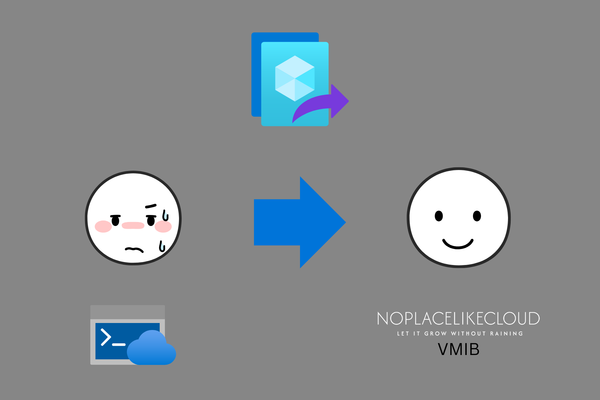Azure “At-Cost” Data Transfer: More diversity for the cloud!

Hi guys!
Moving data out of Azure has always carried a premium price tag, often turning data mobility into a budget line item that CIOs and architects dread.
But Microsoft has quietly introduced a change that could make inter-cloud transfers far more affordable — especially for customers in Europe, the EEA, EFTA, and the UK. The initiative is called “at-cost data transfer”, and it’s worth a closer look.
What is “At-Cost” Data Transfer?
Under normal circumstances, when you send data from Azure to another destination (another cloud provider/hyperscaler), Microsoft charges a retail egress rate. This price includes not just the underlying network costs, but also margin.
With the new program, Microsoft offers the option to pay at-cost pricing for eligible transfers. That means:
- You pay only what Microsoft pays its internet transit providers.
- No markup.
- No profit margin.
The result: a significant drop in per-GB costs for qualified data flows.
When Does It Apply?
Not every scenario qualifies. To benefit, you’ll need to meet all of the following conditions:
- Location: Your billing address must be in the EEA, EFTA, or UK.
- Destination: The data leaves Azure and goes to another hyperscaler or service provider that you control (same customer/organization).
- Routing: The transfer must take place over the public internet via a transit ISP, not Microsoft’s premium backbone — unless ISP routing isn’t available.
- Ownership: The workloads at both ends must belong to your organization, not to a third party.
You‘ll also need to file a support request with Azure to get approved. Microsoft will ask for details such as your subscription ID, the destination network’s ASN, and an estimate of the percentage of traffic involved.
What Isn’t Covered?
Some scenarios fall outside the program:
- Transfers using Microsoft’s Premium Global Network (unless ISP routing isn’t supported).
- Data going to third-party tenants (e.g., partners or customers).
- CDN-style distribution workloads.
- Workloads hosted outside the eligible geographies.
Why It Matters
This change is subtle, but strategically important:
- Lower inter-cloud costs: If you’re running multi-cloud architectures, this removes one of the biggest financial roadblocks — data mobility.
- More freedom of choice: Enterprises gain the ability to choose best-of-breed services across providers, without being “taxed” as heavily by egress fees.
In other words, Microsoft is taking a step toward more open, competitive cloud economics.
How to Take Advantage
- Review whether your organization and workloads qualify.
- Open a support request with Azure billing, providing:
- Subscription ID
- External endpoint ASN (can be found online quickly or on request)
- Estimated % of inter-cloud data transfer
- After approval, monitor your invoices — credits and adjustments will appear in subsequent billing cycles.
Final Thoughts
The Azure “at-cost” data transfer policy may not grab headlines, but it’s a significant step for customers designing resilient, portable, and cost-effective multi-cloud architectures. By removing some of the hidden friction of egress fees, Microsoft is giving architects and FinOps teams more room to innovate without fear of runaway transfer costs.
For enterprises increasingly betting on multi-cloud strategies, this is a policy worth exploring!





